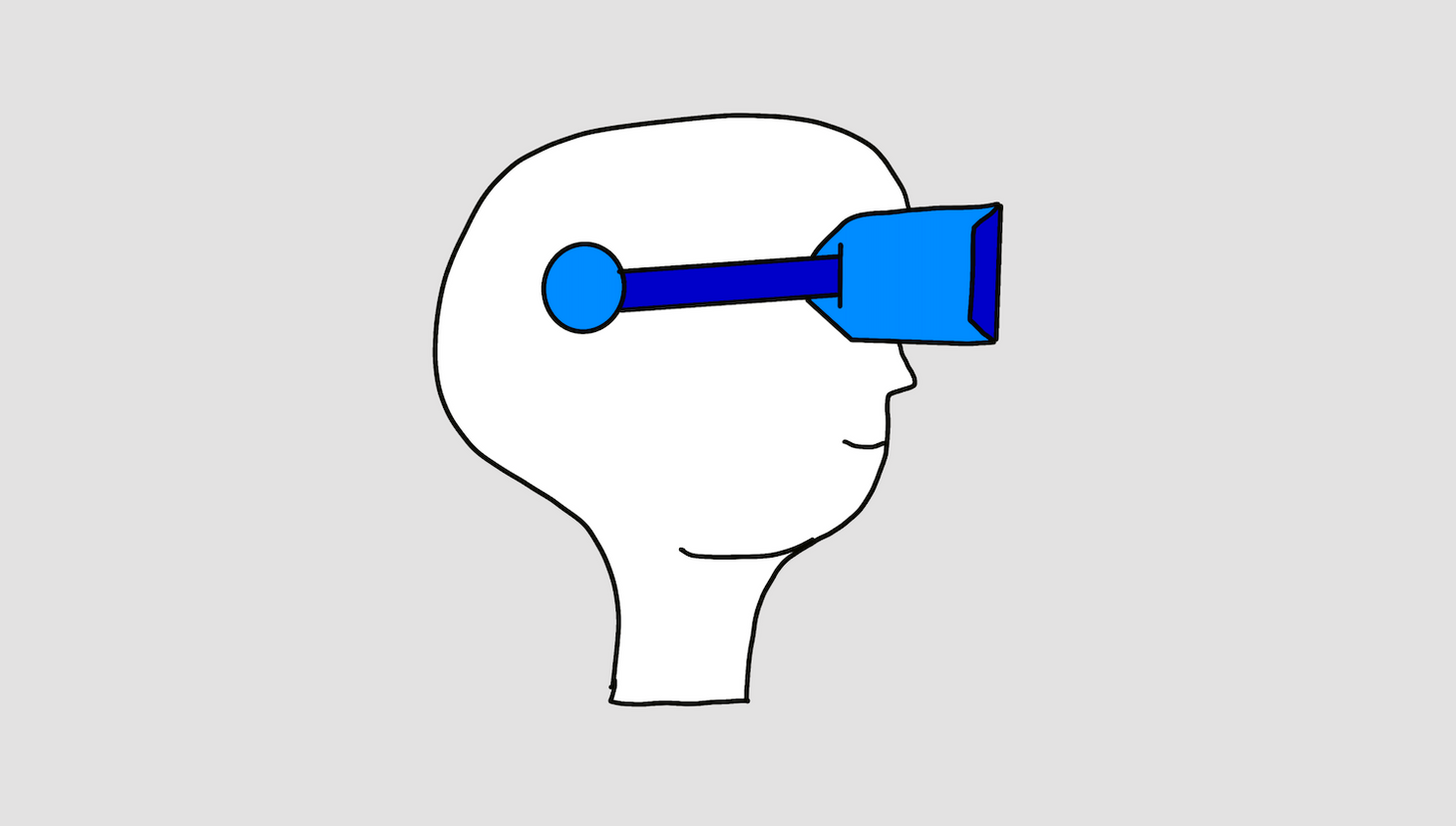The Future of Technology: VR, AR, MR, and XR
Taking a look at Virtual Reality, Augmented Reality, Mixed Reality and Extended Reality

Table of Contents
Hey there!
Nothing fascinates us the way the future does. Last week, I'd written about Artificial Intelligence, Machine Learning, and the Internet of Things; this week, continuing on the same theme, we're diving into - Virtual (VR), Augmented (AR), Mixed (MR) and Extended Reality (XR).
Here's a question that perfectly explains why these technologies are a natural progression of where humanity is in its pursuit for innovation - “Why, when we spend hours perfecting our designs in 3D (example: car design, architectural design, etc.), do we view them in 2D (on a screen)?”
This article is for:
- Students and Learners, curious to learn about transformative technologies, and maybe alter their career path.
- Entrepreneurs looking to start a new business or transform an existing one.
- Investors trying to understand how these advancements would affect their portfolio companies; and aid in their assessment of new investment opportunities.
If you’re one of the above, read on. :)
Though there are only three types of reality - Real, Virtual, and Mixed - this article will talk about the oft thrown around buzzwords one-by-one:
Virtual Reality | Augmented Reality | Mixed Reality | Extended Reality
Virtual Reality
VR as the name suggests is an alternative computerised world. All of what we do on a computer or phone's screen is actually virtual reality; but right now, we're talking about the all immersive experience. The one where you put on a head-mounted-display and some noise cancelling headphones. When immersed in such VR, a human's senses are led to believe that they're in a place different from their real environment.
Beyond gaming, VR has some impressive use-cases in – education (like in engineering and medicine), physical training (in firefighting and security forces), and in entertainment (experiencing live events).
Allowing humans to interact with the virtual world in three dimentions is a significant pro in favour of VR; the biggest con being the clunky devices that enable them. But this is just the technology that exists today. In the future, these briefcase versions will surely make way for compact smartphone versions.
These experiences are made possible due to humankind's impressive innovations in fields like graphics, sound, and connected devices (gloves and remotes). Now, VR use-cases are only limited by cost of the equipment, and the quality of virtual infrastructure being created.
Augmented Reality
'Augment' means 'to add'. So, AR adds to how we experience the real world. Here with the help of a smartphone, a user can experience a tweaked version of their physical environment. Popular examples of AR are the fun filters on Snapchat and Instagram, and Pokemon Go.
If you're a sports fan, you would've noticed that broadcasters now simply touch and zoom to bring data onto the screen, and explain tactics by interacting with these virtual images. All this happens without the actual real background (like the stadium or the studio) going away. That's AR.
Further, AR enables a customer to place a piece of furniture in their room before they buy it. It enables a tourist to get meaningful information like historical facts and stories, just by pointing their smartphone towards a picture or a building; even guided tours can be delivered. Industries like apparel, footwear, and beauty have numerous opportunities to use AR for virtual try-ons, custom modifications, etc.
Since it doesn't cut us off from our natural environment, AR isn't as daunting as VR. And chances are that its mass adoption will come much before that of VR.
Mixed Reality
Mixed generally, refers to the confluence of the virtual and the real. But MR, the acronym is the technology that takes the best of both – the headset driven VR experience, and the smartphone driven AR experience. The result is glasses that don't block one off from the real world, and still suppliment that experience with a rich virtual layer.
It's far more than a technology that just throws up information about things in sight. It would obliviate the need for screens, since one could project a screen anywhere (without needing a flat surface to project onto). Office meetings wouldn't need physical proximity, five people sitting in their homes could enter a virtual workspace where they would see each other in 3D.
And adoption has already started - DHL is using MR glasses to locate and identify parcels faster within their warehouses. Construction companies can through MR goggles see a planned building in the proposed location. The use-cases would be endless; from office workflow to education, to sales and marketing, and to construction and infrastructure planning, sports and entertainment...
Apple is roumored to be working on a pair of glasses which look like regular Raybans and use the iPhone's computing power. If Apple's reputation is anything to go by, this could be big!
PS - It's likely though that Apple calls them AR glasses instead of MR glasses. There's no authoritative definition for them, as such.
Extended Reality
XR doesn't mean anything by itself. It's just an umbrella term when one wants to talk about the three mentioned above, and others that come in the future.
It's like a math problem - solve for X. Where X is variable.
Conclusion
XR technologies certainly are cause for excitement. At the same time though, there are some risks too. Imagine the kind of data that can be collected when a device sees everything that we see, and more. When it can see with clarity how our eyes react to various experiences, and draw inferences therefrom. The need for robust regulation to ensure privacy and prevent malicious use cannot be overstated.
On the personal health side problems like - addiction, nausea, eye-strain, exposure to radiation - are some of the logical repurcussions that will happen. How innovators and early adopters tackle them remains to be seen.
On a lighter note, I'm not looking forward to seeing a Coca-Cola ad pop in front of my glasses when I'm driving.
I hope this article helped you understand the basics of VR, AR, MR and XR. Let me know if you have a topic you would like me to cover. :)
Until next week! ✌🏼
Stebi Newsletter
Join the newsletter to receive the latest updates in your inbox.

